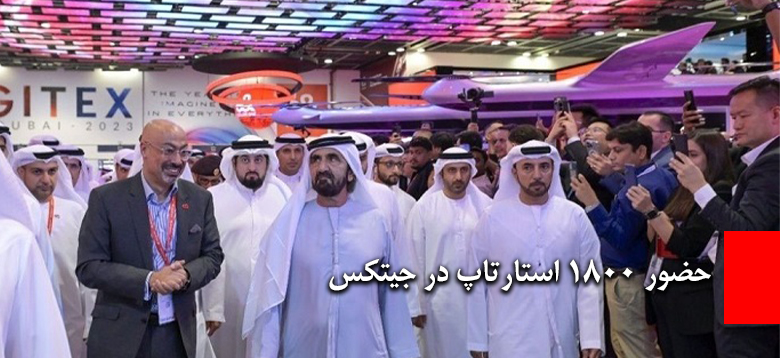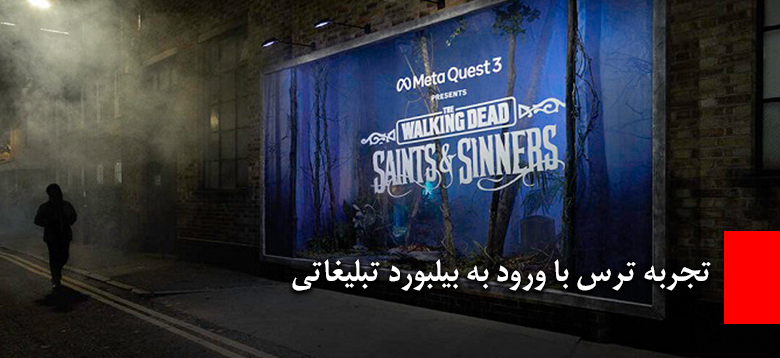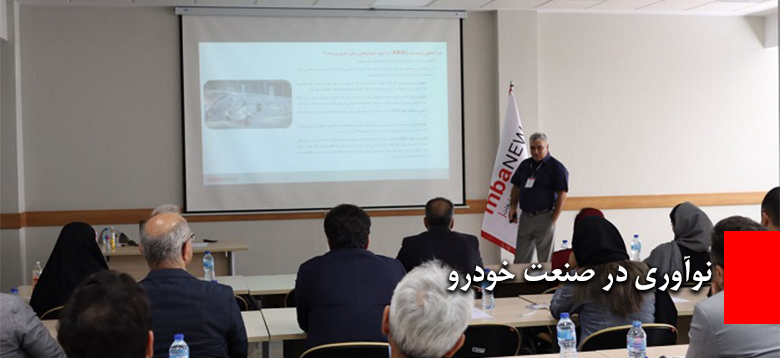12/22
1397
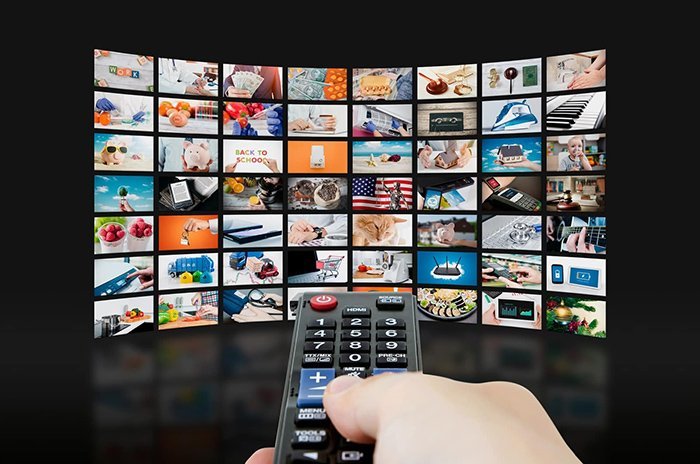
mbaNEWS: “I love television” (1) is the title of a campaign that has been recently launched by the IRIB (Islamic Republic of Iran Broadcasting). Undoubtedly, campaigns like this attract the attention of the media and communication activists quickly, directly or indirectly, and despite the fact that we are not considered to be a full-fledged audience for the IRIB, we did not overlook this issue and surveyed the campaign with a media ethology. The screened teaser was not as attractive as it was expected, and looked like to be prepared in a clumsy way. Various strata were portrayed who, at different ages, voiced an interest in different IRIB programs.
Although the teaser did not attract attentions in terms of structure and aesthetics, it had a deep message inside, a message that clearly indicated the concerns of the IRIB officials about the decline of the media and the drop in its audience. Such a concern and the quantitative and qualitative decline are being much heard in the society and in the literature of the media people: A concern that has been translated into reality in many approaches and reached the assumption that “IRIB (in its traditional sense) has no audience at all, and the media outlet is ineffective.” Regardless of the unsupported judgments and with our inner love for this magic box, we followed the case in order to see what is going on in the advanced lands of media giants and what we can learn from them.
Prior to dealing with the latest studies and analyses mentioned in this field, let’s review a contract together; in the media world, two kinds of access to visual content have been defined; the first group is the traditional TV, which includes TV services with local antenna coverage (like the current prevailing conditions in Iran), and cable and satellite TV which are in the second group, structures (platforms) for online or offline access that with their streaming services technology, such as Filmo or Telewebion in Iran and Netflix or Amazon Primer in the developed world are rendering services to their audience.
It must be noted that what is happening in Iran today is the concern of both the IRIB and the media community and we, by looking at the achievements of the most recent valid studies, intend to express lessons for optimized redefinition of the existing assumptions, in the first group, that is the traditional television.
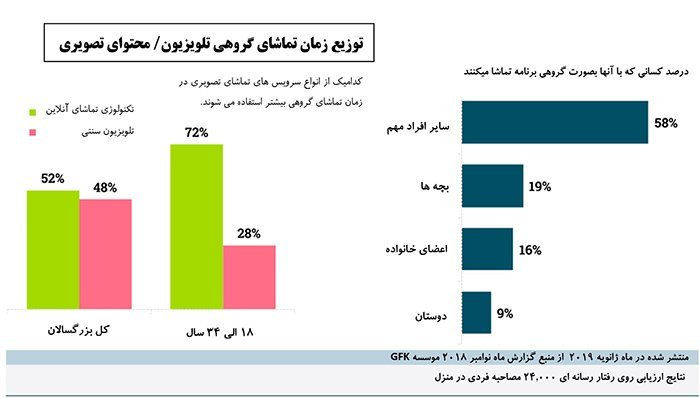
Watching TV Is Lasting Social Activity
As Internet-based devices have grown dramatically and the technology for the use of audio-visual content through the Internet has also become widespread, it would seem easy to assume that watching television as part of the past habits gradually becomes history, but it is not the case in reality! Comprehensive studies conducted in recent months by an international study institute (GFK the results of the 9th term published in November 2018) in the Western world indicate that about half of the time people watch TV in groups video are audio programs is still allocated to watching television! The study of the findings of the new GFK research which is the result of 24,000 interviews, shows that in the American adult society, 49% of the participants acknowledged that the process of watching TV, audio and video programs collectively has grown in the past three years.
We should keep in mind that when the community of the participants in this research is talking about group (collective) watching, they explicitly and transparently differentiate between platforms for watching the online and offline content (52% of research participants), such as Amazon Prime and Netflix and watching traditional television networks (48% of survey participants) either cable television or the satellite channels.
The younger generation of the adults, that is people aged 18 to 34, have a surprising behavior in the field of media ethology; they are more inclined to use platforms for watching online or offline programs when they allocate some time to watching specific video programs in group. Specifically, 72% of this adult group, while watching video and audio programs in groups, use platforms for online watching, although on the other hand, 28% prefer traditional television as their choice for watching a program in groups.

Now we should see with whom our statistical population watches video programs?
It can be argued that nearly 60% of them (58%) will spend the time watching programs with the people who are important to them but not a member of their families. Nineteen percent watch programs in groups with children, 16% with other adult members of the family and 9% with friends.
When your smartphone screen or your personal computer does not show personal or family information, not necessarily interest has been expressed for watching the program through the platform with the people who are in the family or friendship domain, 93% of those involved in this situation have mentioned their choice of watching program though television.
Another very important point from this study is the direct connection of the chosen program for watching in a group with one person/people who want to watch the program; as you can see in the table below, watching movie is on the top of the choices for the time when the statistical population watch TV or video in a group with specific and important people, friends or the elders in the family.
:Here we can point to some other important achievements of the study
Men more likely prefer to watch video programs alone.
Parents are interested in watching a program in groups more than the average expressed by others.
Out of every five adults who watch programs with their friends, two people want to talk about the program they have seen with their companion friends.
Three main reasons that people tend to watch videos with others are spending time with others, watching a joint program and sharing experiences with each other.
A Guiding Light for IRIB
Undoubtedly, what can be learned from the results of the mentioned study is the strong role played by the traditional television in the media ethology of the audience even in the developed countries. Clearly the role of the effective content can be seen in the development of the position of this medium. In Iran, apparently this
issue has been taken into consideration by IRIB authorities and some measures have been taken, but still the blank spot for the targeted content is visible.
Children are one of the keys to have a share in the time of visual media audience, the quality and the content of programs that can make children, their parents and, most importantly, their followers committed, and loyal to the IRIB, which is only within the framework of the possibilities, the scope of communication and the tools of “trust” that are currently at the disposal of the IRIB. International patterns also point to this important issue that the child plays an important role in choosing the visual media. Comedy programs, drama competitions (such as Khandevaneh or New Era) by increasing the level of participation of the audience, also strengthen the level of their loyalty. But what is tangible in our national TV is lack of a content production pattern for the grouped audiences. Perhaps the shape of the programs in some networks is in line with a style and a taste, such as the tournament and entertainment group, but today we need to know that the audience at the end of a program wants to gain something beyond the time it has passed, that is to say, he himself understands in the judgment scale that “this program was worth
watching, so I spent my time in a useful manner”.
watching, so I spent my time in a useful manner”.
The campaign provided an opportunity for being together or ‘I love television’, a TV advertisement that has been aired since the beginning of month of
Bahman (January/February)

mbanews.ir- Narges Faraji


